Atmospheric Chemistry
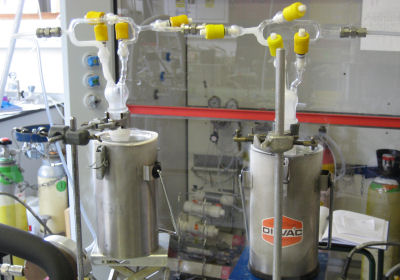
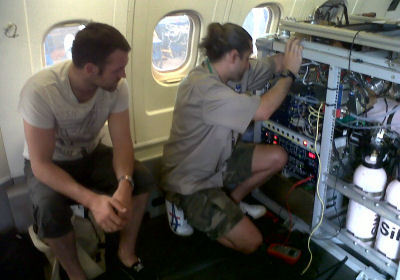
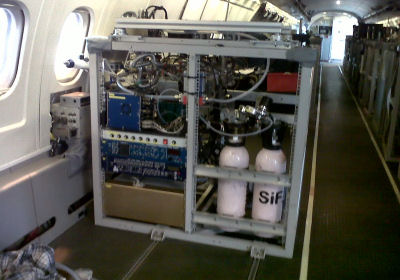
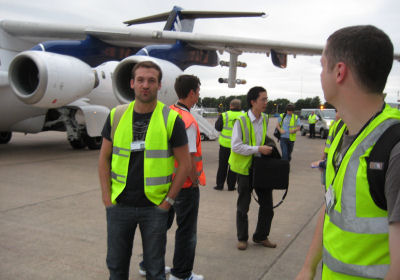
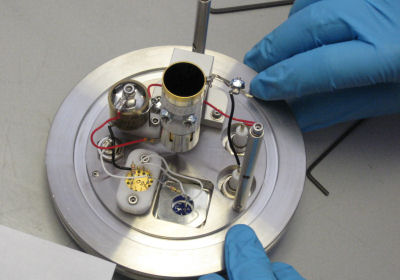
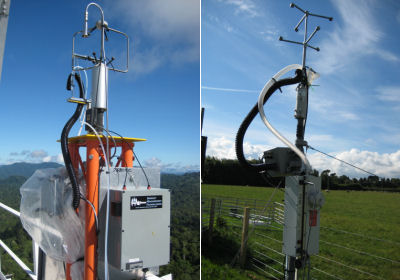
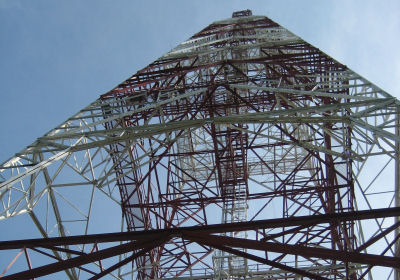
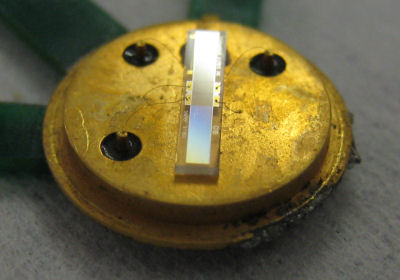
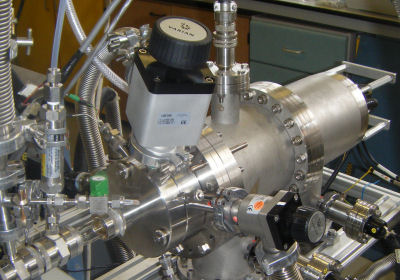
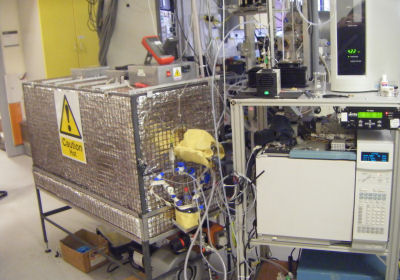
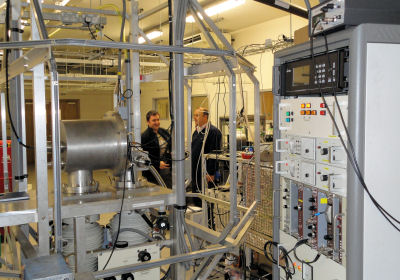


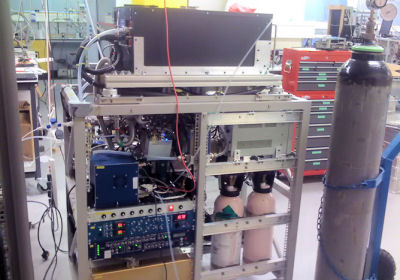
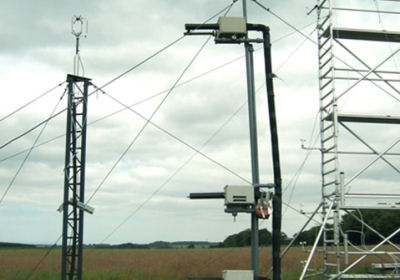
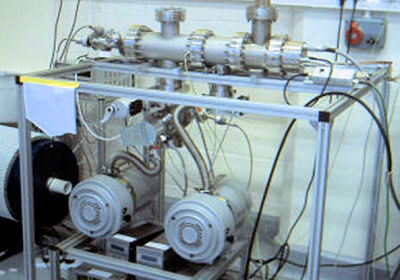
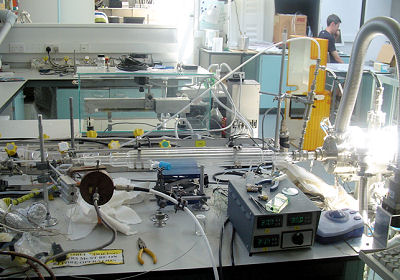
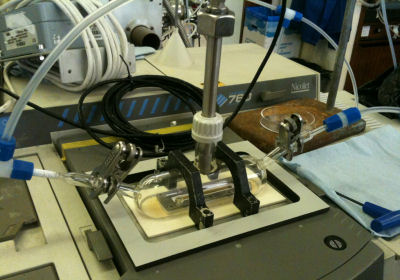
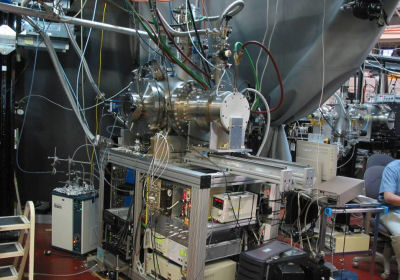
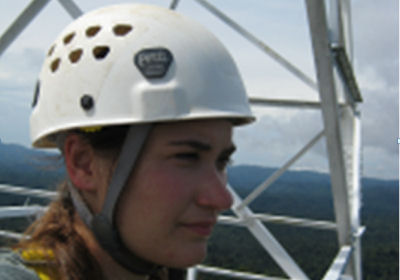
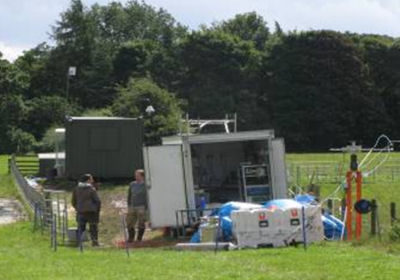
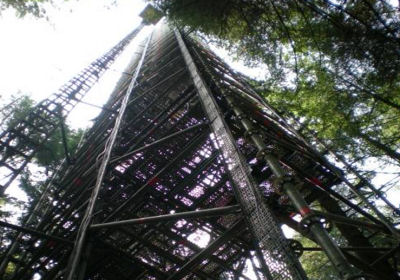
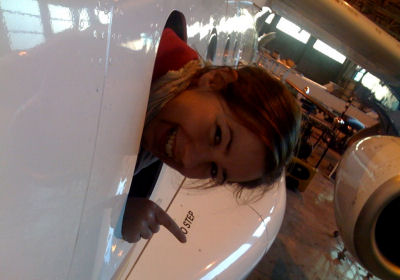
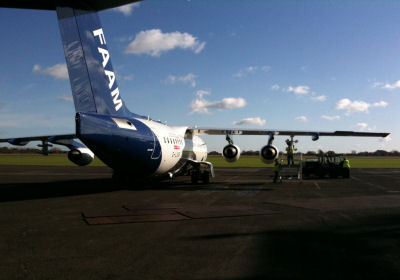
Laboratory data provide the only sound basis for the interpretation of atmospheric behaviour and for the construction of diagnostic and prognostic models. We pursue research in three areas. The first is the development of methods to directly observe fundamental the kinetics of key reactions of atmospheric importance using flow tube and reaction chamber studies. The second area of work focuses on the development of novel analytical techniques to quantify trace species in the atmosphere and the third area is on the study of the interaction of gases with aerosols.
Turbulent Flow Technique Chemical Ionisation Mass Spectrometer (TF-CIMS)
The Turbulent flow-CIMS technique is suitable for measuring elementary reactions over a wide range of pressures (70 - 600 Torr) and Temperatures (180 - 300 K). We have utilized the technique to selectively study of radical reactions, in the laboratory, under conditions that pertain to those encountered in the atmosphere.
Ultraviolet (u.v) photoelectron spectroscopy u.v.-PES
We are developing UV-PES for the study of radical reactions. UV-PES is a powerful spectroscopic tool for the detection of radical and stable species that can provide structural information on the species investigated, and it has the ability to detect and quantify isomeric radicals.
Structure Activity Relationships (SARs)
We are developing a range of theoretical approaches to understand the reactivity of trace gases in the atmosphere.
EXTreme RAnge (EXTRA) reaction chamber
We have developed a reaction chamber that can be operated at pressures from 10- 3800 Torr and at temperatures from 180 – 395 K to study ozonolysis reactions.
Measurement of trace gases by mobile Chemical Ionisation Mass Spectrometer (CIMS)
We are measuring a range of trace gases in the atmosphere using mobile CIMS.
Development of QCM sensors
We are developing selective sensors based on acoustic wave technology. key advantages of the QCM approach are its low cost, low thermal mass, its low weight and low power consumption which are ideal for field instrument deployment.
Reactive uptake on aerosol
In collaboration with School of Chemistry we have developed an apparatus to simultaneously probe the kinetic and mechanistic details of the heterogeneous conversion of atmospheric trace species upon solid surfaces representative of the materials present in parts of the atmosphere.
Knudsen Effusion Mass Spectrometry (KEMS)
We have developed a KEMS to measure the vapor pressure of VOCS in order to understand the partitioning between the gas and condensed phase in atmosphere.
Ion Attachment Mass Spectrometry (IAMS)
Together with Dr Med Benyezzar of the Photon Science institute we are developing soft ionization methods for the CIMS and KEMS systems.